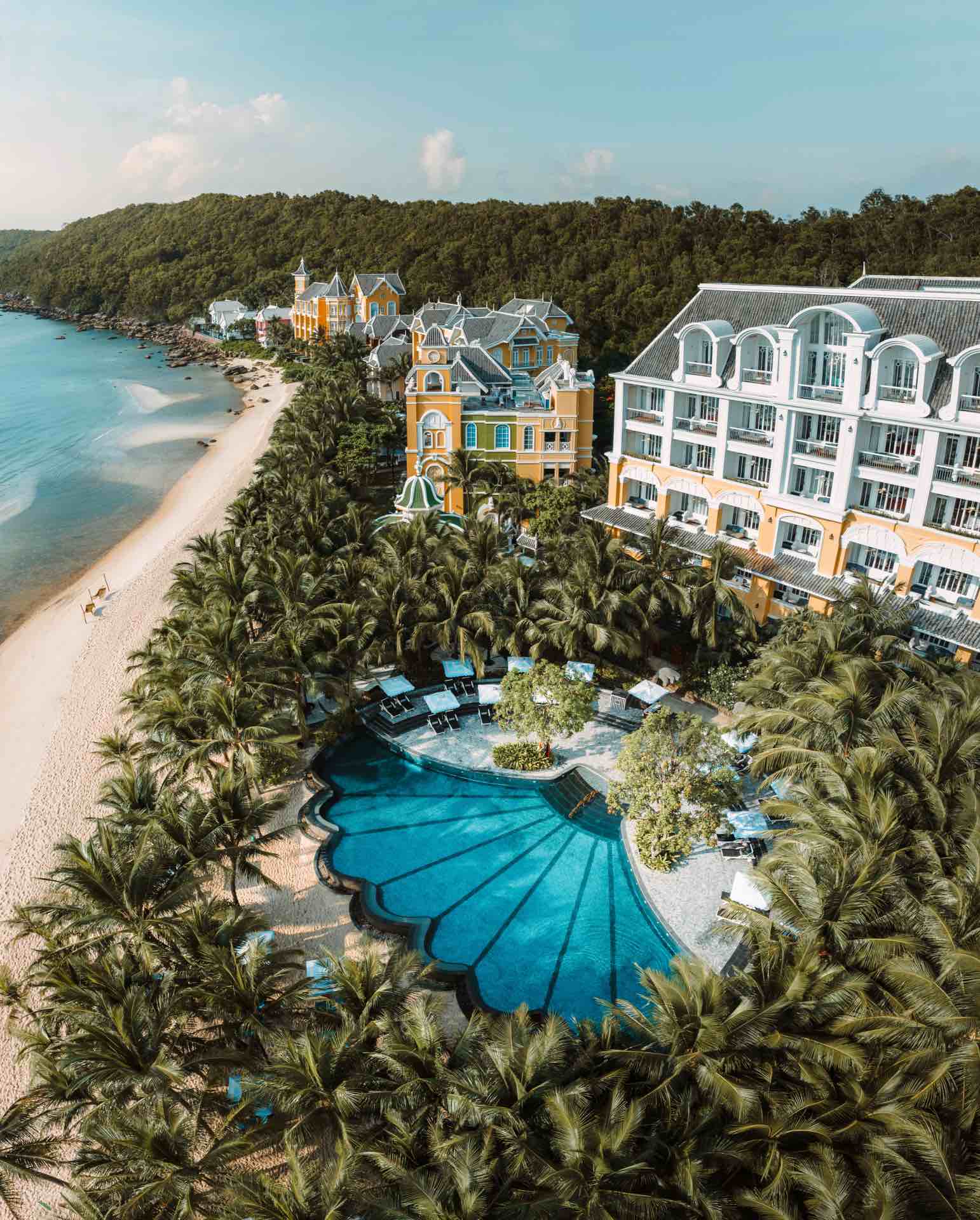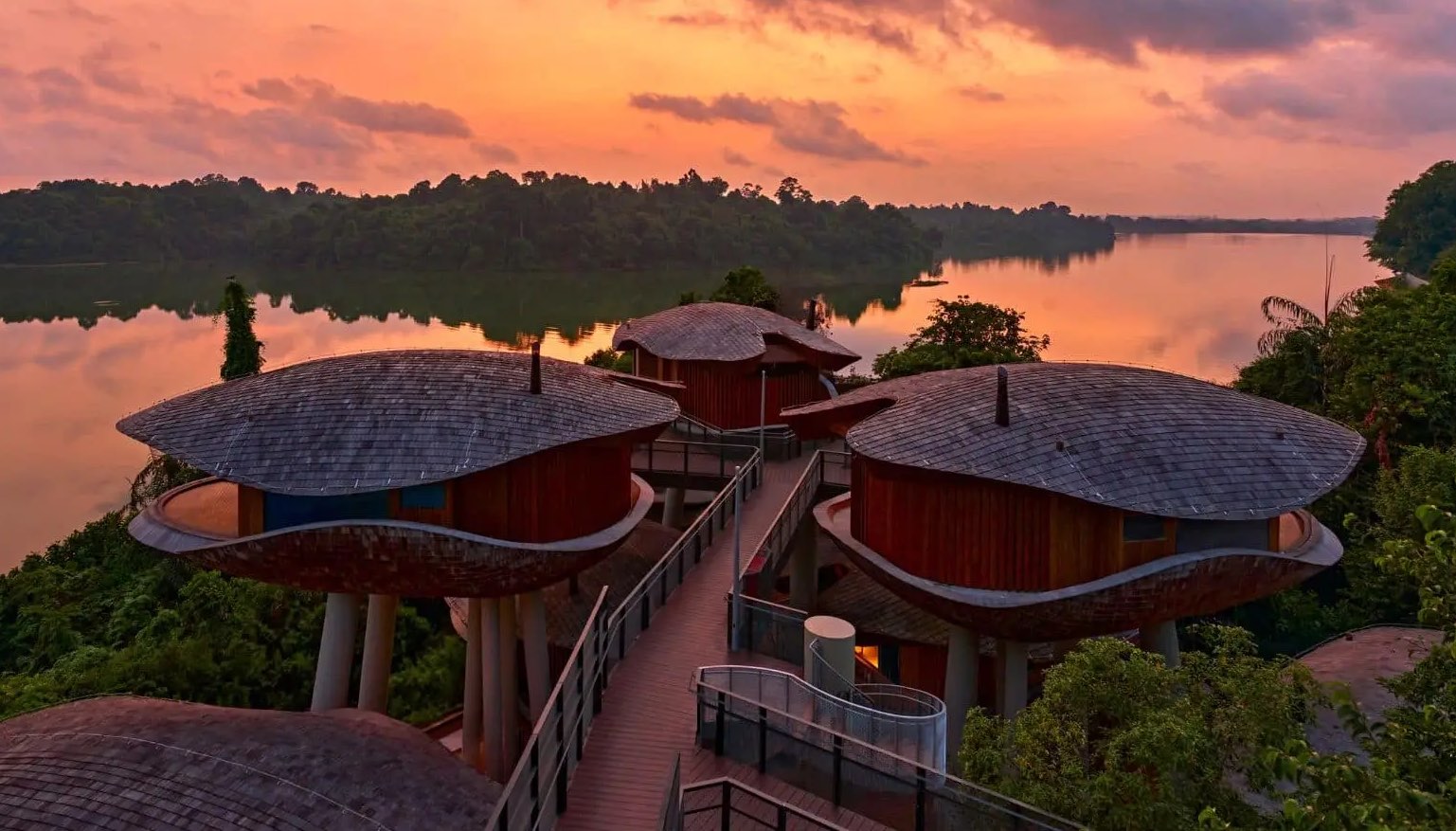A train ride which used to take a full day has been cut down to just four hours now that Japan’s iconic Shinkansen bullet train finally serves the northern island of Hokkaido.
The Hokkaido Shinkansen, scheduled to begin operations on Mar 26, will travel from Aomori Prefecture to Shin-Hakodate-Hokuto station via the undersea Seikan Tunnel, with 10 return services daily between Tokyo and Shin-Hakodate-Hokuto, and one return service daily between Shin-Aomori and Shin-Hakodate-Hokuto.
Though the Shinkansen is one of the fastest trains in the world, it will be forced to reduce its top speed from 300 km/h to 140 km/h due to safety issues in the tunnel.
A ticket from Tokyo will cost you ¥22,690 ($276). But don’t expect to reach Sapporo—that route won’t be ready till 2030.





